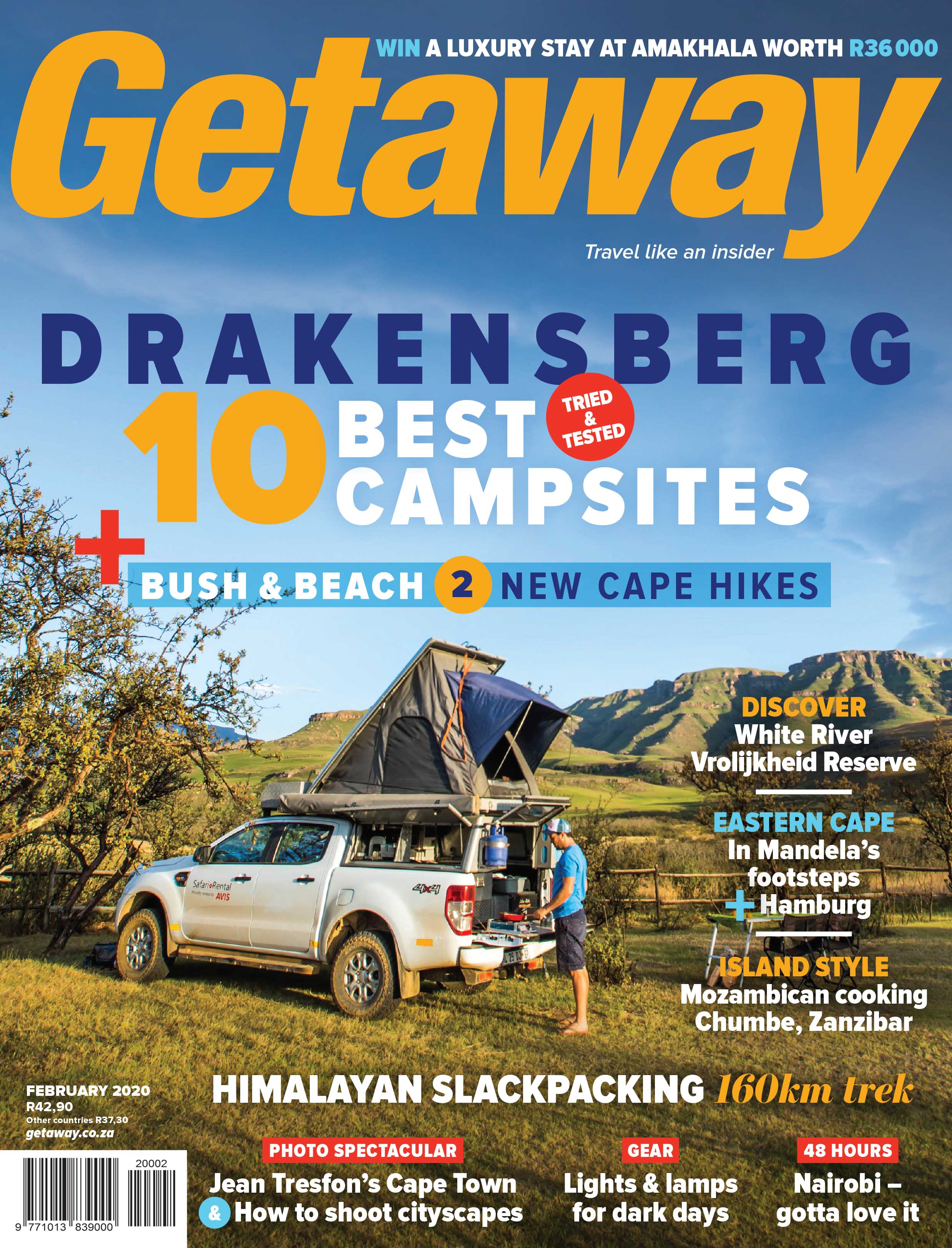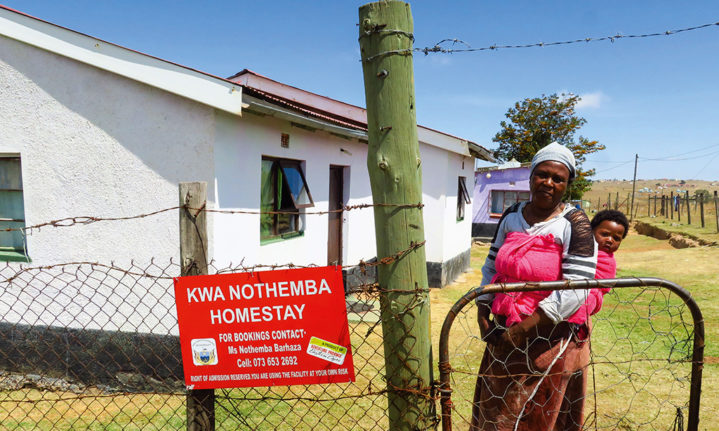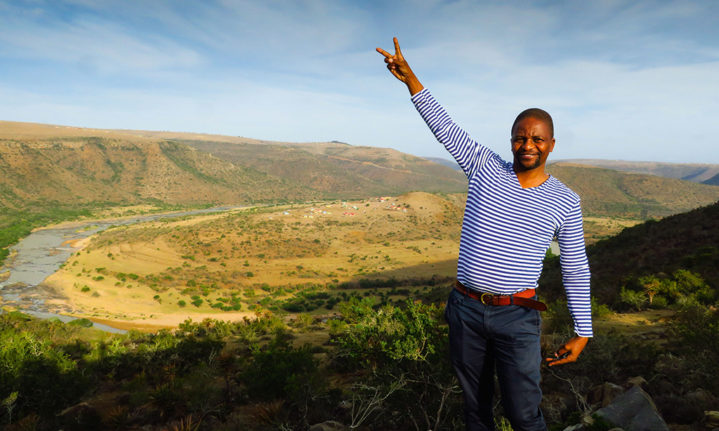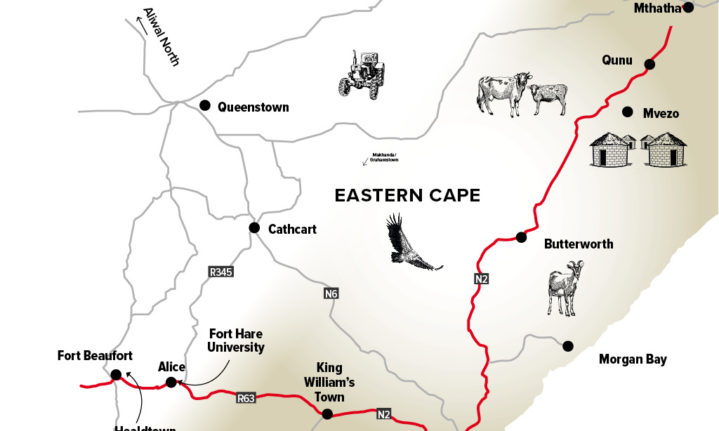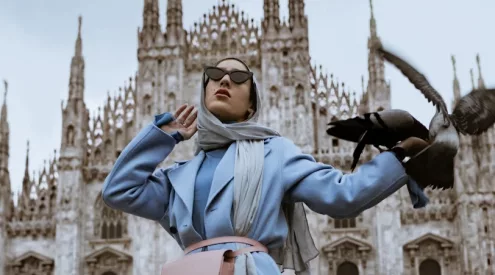A trip to the rural villages where a future president spent his formative years reveals little has changed since he herded cattle and practised stick fighting.
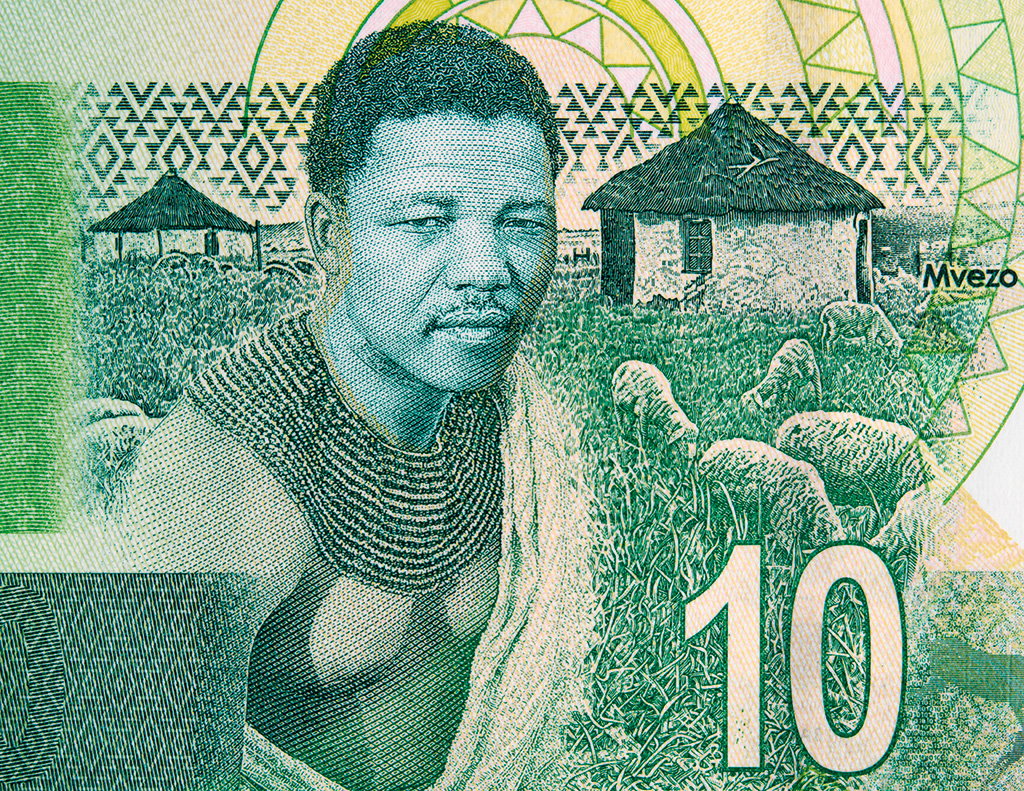
South Africa’s R10 banknote. Image credit: Shutterstock
Standing on the railway tracks at the dilapidated Bityi Station, deep in the rural landscape of the old Transkei, it wasn’t hard to imagine the apprehension two young rebels felt when they boarded a train for the distant city of gold, eGoli or Johannesburg.
The young Rolihlahla Nelson Mandela and his older cousin, Justice Dalindyebo, were not just heading into the unknown. They were escaping from the future that the royal regent, Justice’s father Chief Jongintaba Dalindyebo, had mapped out for them. It would be a life of relative privilege in tribal society, where Justice would succeed his father and Mandela would step into his own late father’s shoes as a trusted adviser to the royal family.
‘They were running away from marriages that the regent had arranged for them,’ said tour guide Velile Ndlumbini of iMonti Tours, during a one-day excursion from East London. The tour follows in the early footsteps of a youngster destined to become the first president of a democratic South Africa and a global icon of reconciliation. ‘It’s said that the girl earmarked for Mandela was Justice’s ex-girlfriend, and he didn’t think that was cool.’
The young Mandela had already come far from Mvezo, his birthplace on the banks of the Mbashe River, south-east of Mthatha. With Velile’s expert guidance, our tour group hit the rewind button, tracking Mandela’s early life to his roots.
His father, Gadla Henry Mphakanyiswa, was chief of Mvezo and a Thembu of the Madiba clan. His mother, Nosekeni Fanny, was the third of four wives, each with their own kraal.

At Bityi Station, the rebellious young Rolihlahla and his cousin set off for Joburg to blaze new lives for themselves. Image credit: Marion Whitehead
Rolihlahla was the eldest of his mother’s four children, but the youngest of his father’s four sons. Their kraal was on a hillside overlooking a broad curve in the meandering Mbashe River before it heads into the steep ravine known as the Collywobbles, where one of the country’s largest remaining colonies of Cape vultures roost.
The paved road from the N2 to Mvezo stops just after the sprawling complex built by the late president’s grandson, Mandla Mandela. It’s a private residence not open to the public, but from the road we saw modern huts on the site where the late president was born almost 102 years ago.
The hilly countryside, dotted with multi-hued huts, kraals and vegetable plots, is heart-stoppingly lovely, but little has changed since young Rolihlahla’s day. ‘People still have to fetch water and use long-drop toilets, but some have electricity now. They plough the fields with hired tractors, not oxen, but it’s not an easy life,’ said Velile. Progress arrived in the form of modern schools – a science and technology high school, and a primary school with kindergarten, thanks to private-sector donors.
Rolihlahla was still a baby when his father’s chiefly status – and income – was revoked by the local magistrate because Gadla was not subservient enough. His mother moved to Qunu, where she would have the support of family.
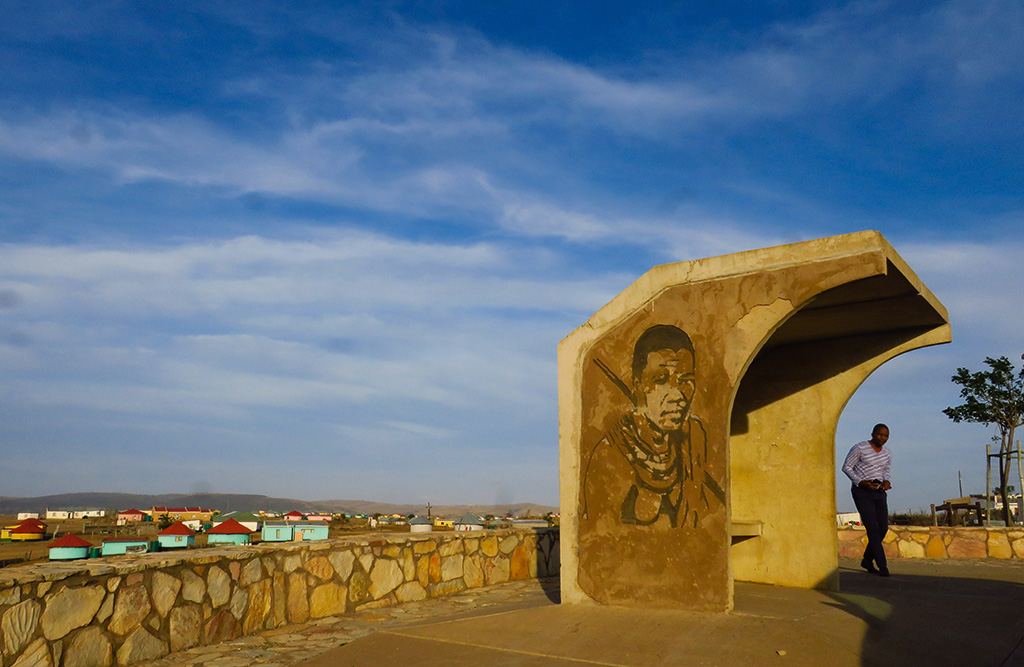
Bus shelters on the road to Mvezo bear the iconic image of the village’s most famous son. Image credit: Marion Whitehead
‘They walked across the hills here,’ explained Velile as we drove on a rough back road to Qunu, with splendid views of meandering rivers in deep valleys where cattle grazed. ‘Mandela’s mom probably carried him on her back as he was still a toddler.’
It was in Qunu that Mandela spent some of the happiest years of his boyhood – and where he went to school for the first time and was given the Christian name of Nelson. ‘Those poles mark the outline of his one-room school,’ said Velile, pointing.
The Nelson Mandela Museum, on the hillside at Qunu where he herded his father’s cattle, was closed for renovation (until at least 2021). So we drove into the village, where we strolled around, and had a simple lunch of traditional dishes prepared by local women trained in hospitality. ‘We vary the menu according to the tour group. Vegans love the wild spinach and mieliebread, while the Chinese are more adventurous and don’t mind chicken feet,’ said Velile. ‘It’s important that the local community benefits from tourism.’
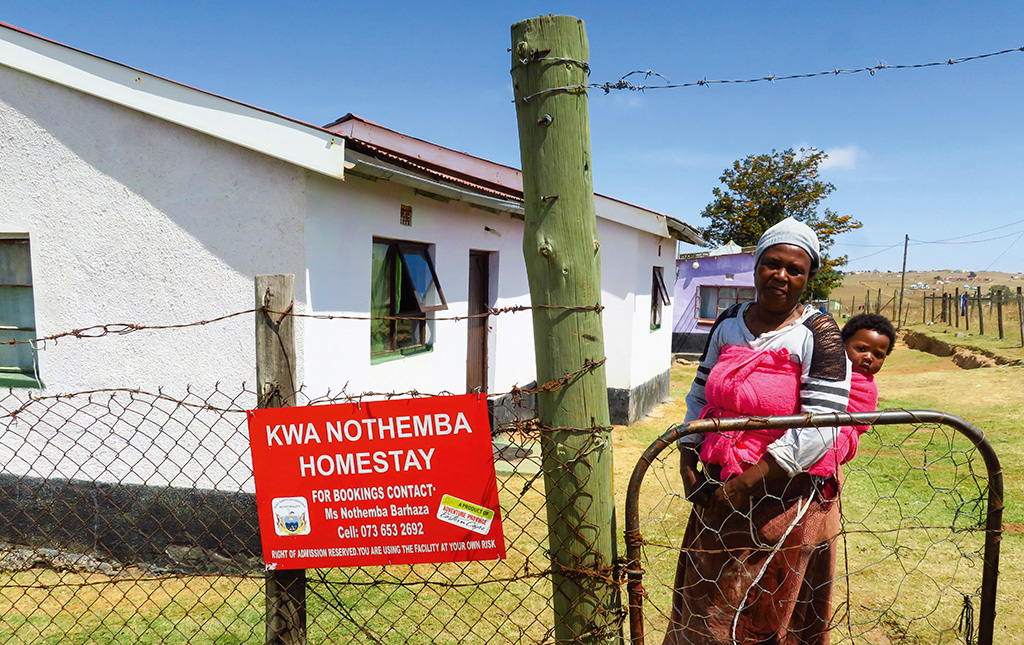
Experience a homestay in Qunu. Image credit: Marion Whitehead
Watching children playing in the modern schoolyard, I couldn’t help but wonder whether there were more potential presidents in rural villages like this, just waiting for a chance to prove themselves. The modern Mandela complex built beside the N2 for the president overlooks the village and is where the great statesman is buried. Unfortunately his grave is not open to the public.
After Rolihlahla’s father died, his mother set off with her nine-year-old son on a long walk across the hills to Mqhekezweni, the Great Place of Chief Jongintaba Dalindyebo, who became his guardian. The young Mandela was treated like a son, caring for the chief’s cattle and attending the local mission school and then Clarkebury, the Methodist secondary school at Ngcobo.
‘It was at Mqhekezweni that Mandela observed how the chief conducted meetings under a big tree with the village elders, listening to all points of view until consensus was reached,’ Velile explained. It was a style of leadership that was to stand the future president in good stead.
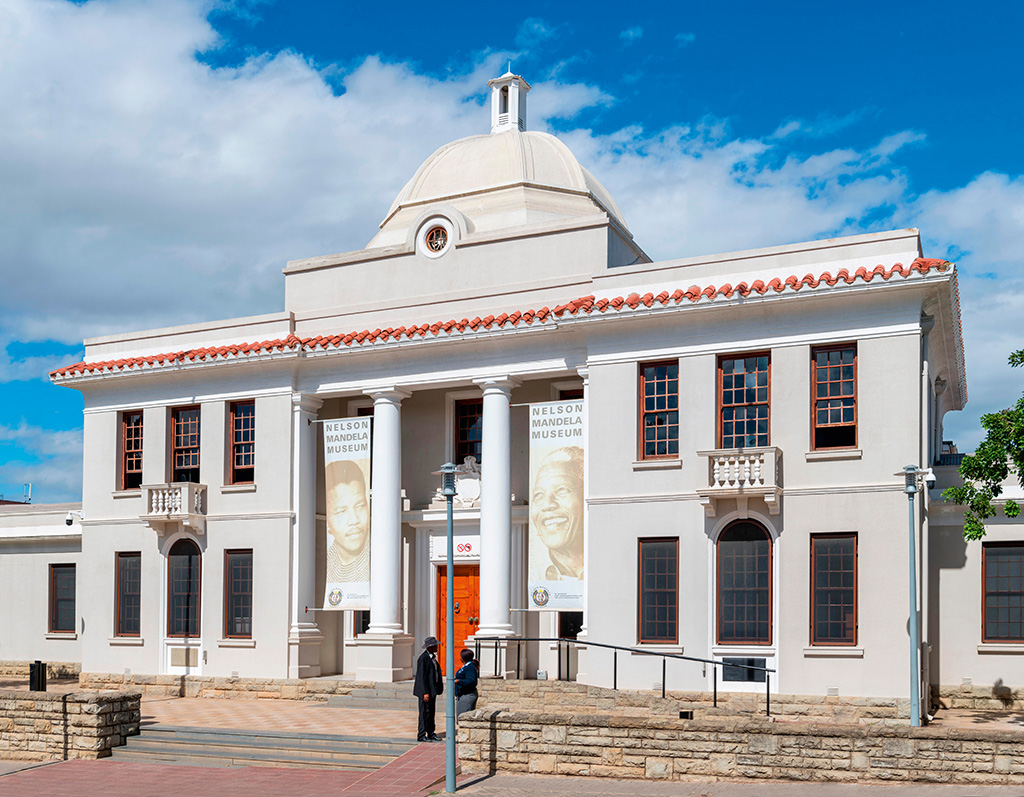
The Nelson Mandela Museum in Mthatha. Image credit: Getty Images/Alamy
The hut Mandela shared at the Great Place with Justice, his senior by four years, still stands near the big modern face-brick house that he built for the family to thank them during his presidency.
In Mthatha, another Nelson Mandela Museum puts the great man’s achievements into perspective in an exhibition that takes up the entire Bhunga Building of the old Transkei administration. I could have spent hours browsing the stages of his life: boyhood, comrade, leader, prisoner, negotiator, statesman and president – but we still had to get back to East London, so kept the visit to just over an hour.
Mandela’s political awareness started at Healdtown, where he completed his matric in 1938, and continued at Fort Hare University. Keen to continue the Mandela story, the next day I set off to visit these venerable institutions on my own self-drive tour.
At Healdtown College, outside Fort Beaufort, the roots of a giant fig tree are slowly prising apart the bricks of the roofless dining room where our future president breakfasted daily on dry toast and hot sugar water (his budget didn’t stretch to luxuries like jam and tea). However, the Historic Schools Restoration Project has fixed the hostel where he shared a dormitory with 40 senior boys, and the Eagle Building, where the students gathered for assembly. During one such gathering the principal told them that they might arrive ‘thinking like fowls, but would become eagles’ if they studied diligently.
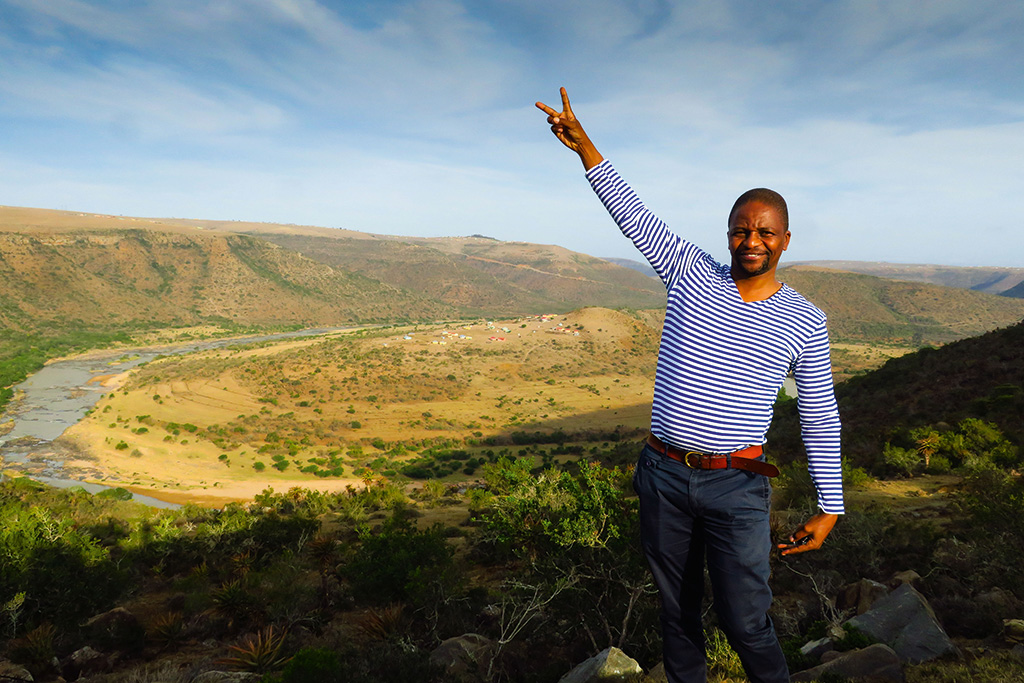
Tour guide Velile Ndlumbini takes visitors on scenic back roads to Qunu. Image credit: Marion Whitehead
The political elite of the Struggle attended Fort Hare University in Alice. I strolled down Tambo Walk and visited an exhibition in the De Beers Centenary Art Gallery, featuring many famous alumni, from presidents to poets. Getting expelled from Fort Hare became a rite of passage for many student activists and Mandela was an early casualty, expelled for resigning from the SRC because only 25 students voted; the balance boycotted and he did not feel it was a representative body.
Chief Jongintaba was furious and urged him to back down, but Mandela stubbornly refused. The marriages arranged for Nelson and Justice were meant to settle them down – instead, this sparked a rebellion that was to prove fortuitous for democracy in South Africa. As that train rolled out of Bityi Station and he watched the scenes of his rural life slipping away, the future president had no idea just how far his long walk to freedom would take him … and our nation.
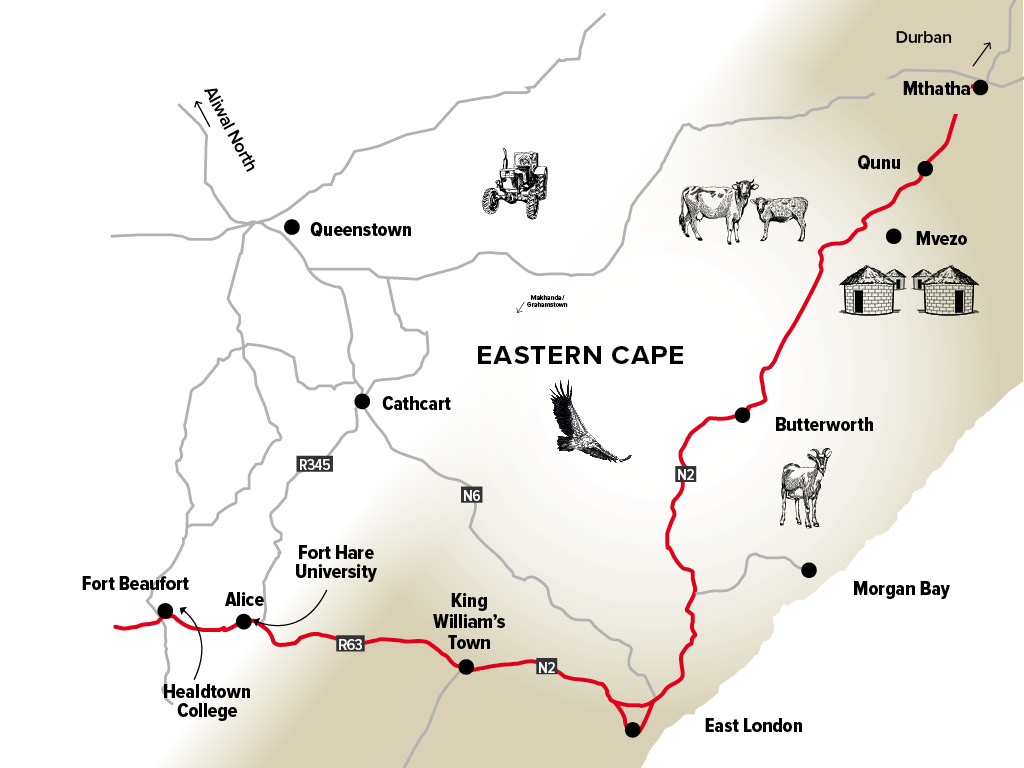
Plan Your Trip
Getting There
iMonti Tours’s full-day excursion departs from and returns to East London. For the self-drive day, take the N2 from East London to King William’s Town, then the R63 to Alice and Fort Beaufort, and follow the signs on a gravel road to Healdtown. It takes about two and a half hours to drive the 160km.
Need To Know
You can visit the museums and Fort Hare University’s centenary exhibition as an independent traveller, but the rest of the experience is best done with a tour guide. Entry to the Nelson Mandela Museum in Mthatha is free. 047-501-9500, nelsonmandelamuseum.org.za
The Tour
iMonti Tours’s Nelson Mandela Early Childhood Tour costs R1 150 pp, including lunch. It starts with an 8am pick-up from your accommodation and returns around 6pm, travelling along the N2 to Mthatha, with diversions to Mvezo, Qunu and Bityi Station. The add-on day tour to Healdtown and Fort Hare University, with stops at the Bisho Massacre Memorial and Steve Biko Centre in King William’s Town is R750 pp. On five-day cultural tours with iMonti, visitors experience home stays with families in their humble homes, including
in Qunu. R10 390 pp. 083-487-8975, imontitours.co.za
Stay Here
Blues Guest House on the Qinera River in East London is a chilled spot near Bonza Bay Beach. Pay a little extra for a room with a river view. From R425 pp sharing, B&B. 084- 593-1312, bluesgh.co.za
In King William’s Town, the knowledgeable host at Amatola Mountain View Guest House is a retired tour guide with a wealth of information on the area. R830 pp sharing, B&B. 043-642-1747, amatola.co.za
Hogsback is a good base for exploring Alice and Healdtown.
The Edge Mountain Retreat has accommodation from garden rooms to luxury cottages, and yummy food in its restaurant. From R220 pp. 045-962-1159, theedge-hogsback.co.za
This article was first published in the February 2020 issue of Getaway magazine.
Get this issue →
All prices correct at publication, but are subject to change at each establishment’s discretion. Please check with them before booking or buying.
